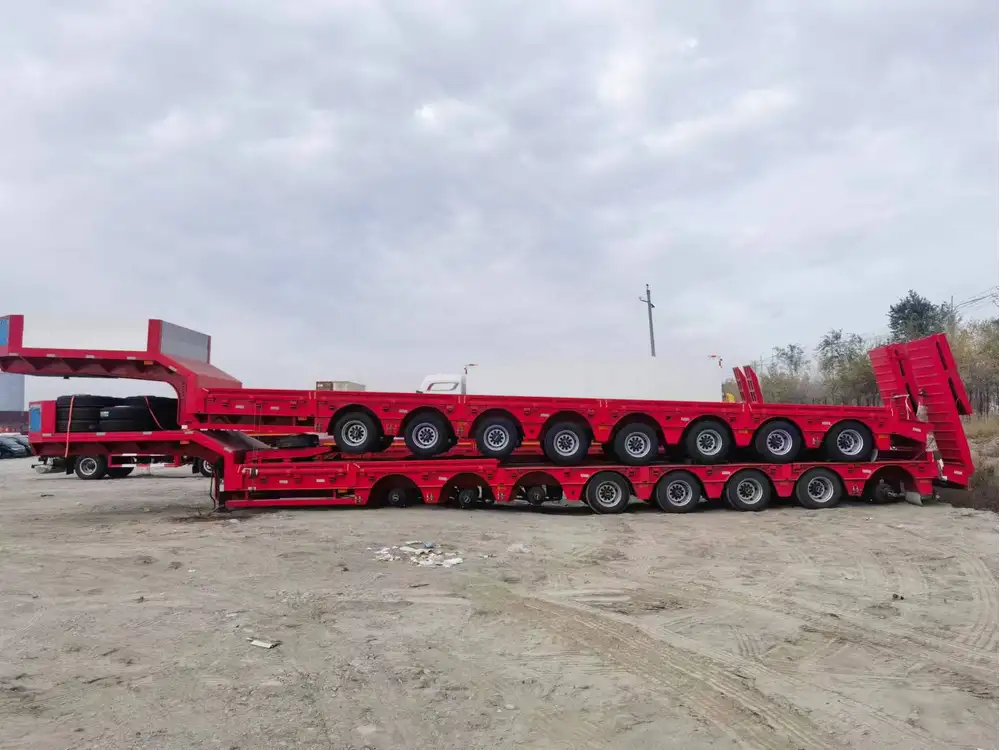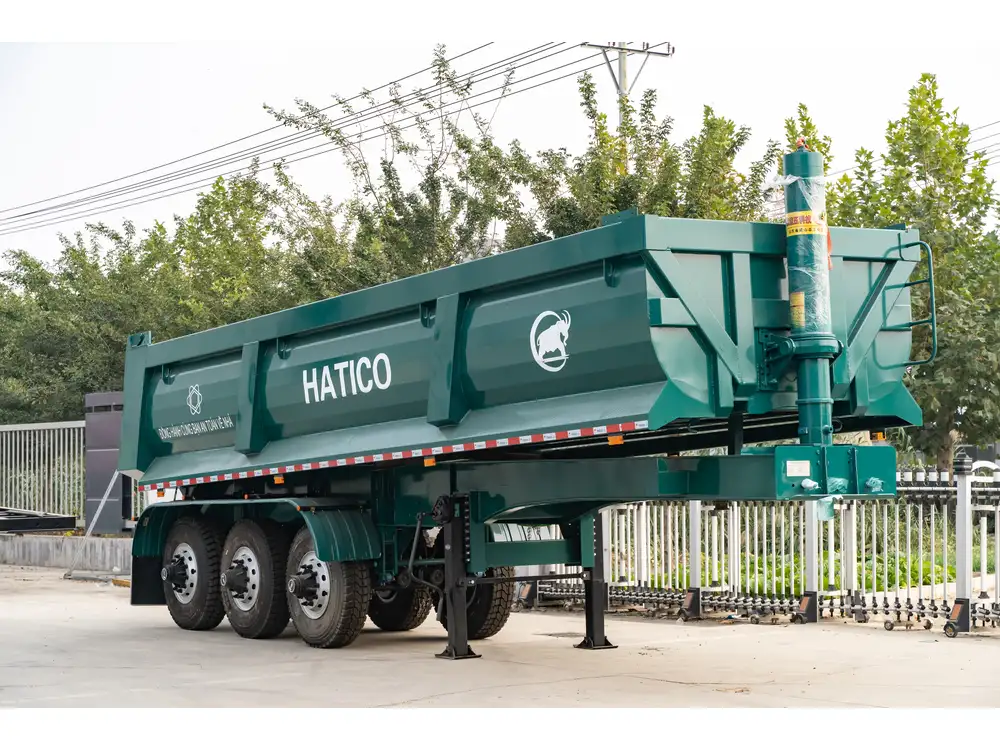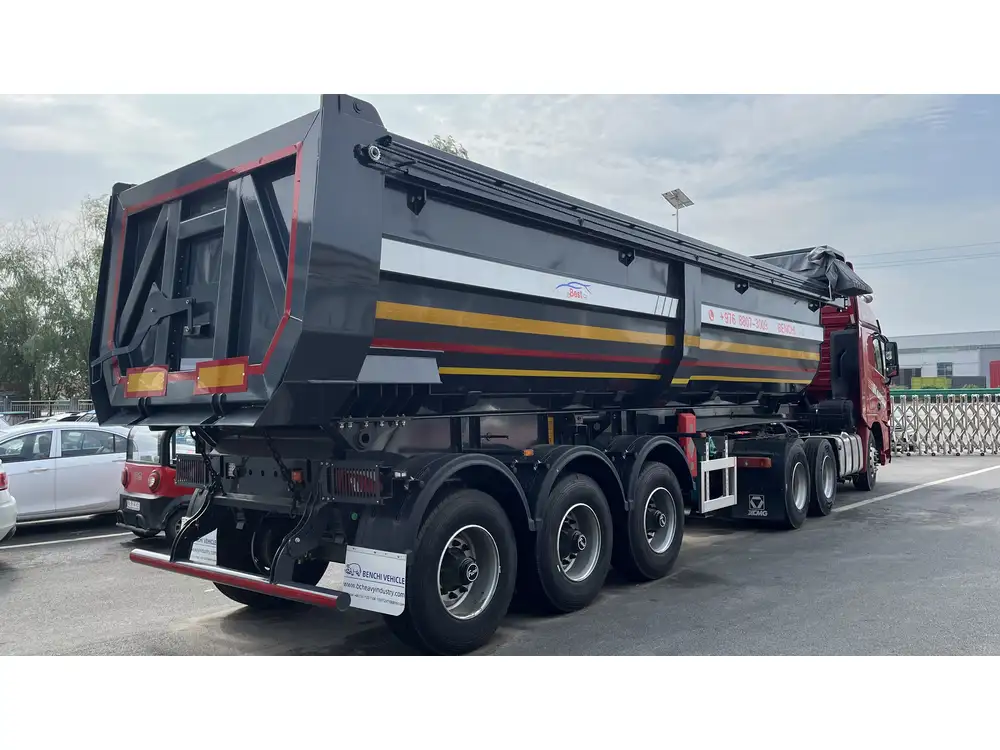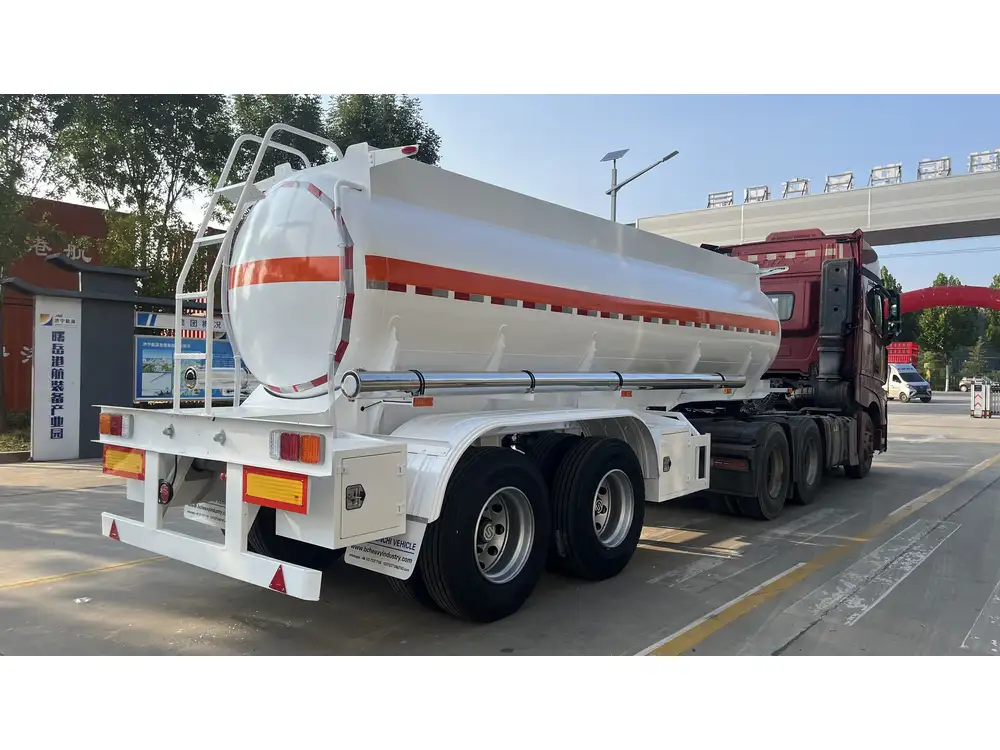Connecting a semi-trailer to a tractor unit is an essential skill for drivers in the transportation industry. It’s crucial to ensure safety, efficiency, and reliability while on the road. This guide outlines the step-by-step process, highlights common mistakes, and provides valuable insights into maintaining your equipment for optimal performance.
Understanding the Components of Semi Trailer Hook-Up
Before delving into the actual connection process, it is important to be familiar with the key components involved in hooking up a semi-trailer. Each part plays a crucial role in ensuring a secure and safe connection.
| Component | Description |
|---|---|
| Fifth Wheel | A coupling device mounted on the tractor that allows the connection to the trailer. |
| Kingpin | A steel pin located on the trailer that fits into the fifth wheel for stability. |
| Safety Chains | These chains provide an additional level of security to prevent the trailer from disconnecting while on the road. |
| Landing Gear | The retractable legs located at the front of the trailer, used for support when the trailer is not hitched. |
| Pneumatic Lines | Air lines that control the brakes and other systems in the trailer. |
| Electrical Lines | Connect battery power and signals for lights and braking systems. |
Understanding these components mitigates misunderstandings and ultimately increases efficiency during the connecting procedure.
Step-by-Step Procedure to Hook Up to a Semi Trailer

Step 1: Inspect Your Equipment
Before any hook-up process, conduct a thorough inspection of both the tractor and the trailer. Addressing concerns early helps prevent dangerous situations later on. Some aspects to check include:
- Tires: Ensure proper inflation and tread depth.
- Brakes: Inspect brake systems for leaks and functionality.
- Electrical Systems: Confirm that all lights and signals function correctly.
Step 2: Position the Tractor Unit
Carefully maneuver the tractor unit into position:
- Aligning the Tractor: Drive slowly towards the trailer, ensuring the tractor is parallel to it.
- Adjusting the Height: Make sure the fifth wheel is high enough to accommodate the kingpin of the trailer.
- Backing Up: Use mirrors to keep track of your alignment, and proceed to back up until the kingpin is directly beneath the fifth wheel.
Step 3: Engage the Fifth Wheel
Once the tractor is adequately aligned, follow these steps:
- Coupling Procedure: Slowly back the tractor until the kingpin slides into the fifth wheel. Listen for an audible ‘click’ indicating a secure connection.
- Check Connection: Pull forward slightly to confirm that the connection is secure. The trailer should not separate from the tractor when you tug.

Step 4: Secure the Connection
After confirming that the connection is sturdy, the next step is securing the trailer:
- Lower the Landing Gear: Use the landing gear crank to lower the legs completely to the ground, ensuring stability while attached.
- Attach Safety Chains: Securely attach safety chains from the trailer to the tractor. Cross them underneath for added strength.
- Connect Pneumatic and Electrical Lines:
- Air Lines: Attach the red (emergency) and blue (service) air lines to the tractor. Make sure they are secure and free of leaks.
- Electrical Line: Connect the trailer’s electrical connection to the tractor, ensuring all lights will operate properly.
Step 5: Final Inspection
Before leaving the loading area or beginning a journey, perform a final inspection:
- Safety Check: Recheck safety chains and ensure all connections are tight.
- Visual Inspection: Ensure that there are no obstructions and that the trailer is level.
- Test Brakes: Without moving, engage the brakes to ensure the trailer and tractor brakes work correctly.
Common Mistakes to Avoid When Hooking Up to a Semi Trailer
While the process may seem straightforward, several common mistakes can hinder safety and functionality. Being aware of these pitfalls can streamline the hook-up process.

Neglecting Pre-Inspection
Skipping or underestimating the importance of equipment inspection can lead to significant safety hazards on the road. A malfunctioning brake or tire may have devastating consequences.
Incorrect Fifth Wheel Height
If the fifth wheel is too high or too low, it can lead to misalignment or, in the worst case, a disconnection when driving. Always ensure that both the tractor and trailer are properly leveled.
Overlooking Electrical Connection
Failing to connect the electrical line correctly can lead to inoperable trailer lights, which poses a safety risk. It is vital to check all connections and ensure they are secure.

Ignoring Safety Chains
Safety chains serve as a backup connection. Not securing them can result in your trailer disconnecting while on the road, leading to catastrophic accidents.
Inaction on Testing Brakes
Always test the brakes prior to embarking on a journey. Failure to do so can result in disastrous situations, particularly in high traffic areas or on highways.
Maintenance Tips for Semi Trailer Hook-Up Equipment
To ensure longevity and reliability, follow these maintenance tips for your semi-trailer hook-up equipment:

Regular Inspections
Conduct routine inspections that cover all essential components of both the tractor and trailer. Look for wear and tear, and replace parts when necessary.
Clean Components Regularly
Dirt and debris can compromise the functionality of securing components. Wipe down the fifth wheel, kingpin, and electrical connections to maintain optimal performance.
Lubricate Moving Parts
Ensure all moving parts are lubricated to prevent rust and corrosion. This practice enhances functionality and longevity, particularly for the fifth wheel.

Monitor Tire Condition
Regularly check tire pressure and tread depth. Uneven or under-inflated tires can severely impact towing capability and safety.
Keep Records
Maintain detailed records of inspections and repairs. This not only helps in spotting trends but also provides invaluable insight during maintenance reviews or resale.
Additional Factors to Consider During Hook-Up
While the hook-up process is paramount, other factors can influence the journey ahead.
- Load Distribution: Ensure weights are balanced for easier handling and improved fuel efficiency.
- Weather Considerations: Adjust driving strategies based on weather conditions. Rain, snow, or fog can significantly alter vehicle handling.
- Local Regulations: Be familiar with state and federal regulations that govern towing semi-trailers. Compliance is essential to avoid citations.

Conclusion
Successfully hooking up to a semi-trailer is a skill that combines technical knowledge with practical experience. By following the steps outlined in this guide, performing regular inspections, and being mindful of common errors, you will ensure that your trips are safe and efficient. Above all, proper maintenance and adherence to procedures empower you to navigate the road ahead with confidence. Whether you’re a novice or an experienced driver, these insights are designed to enhance your semi-trailer towing capabilities.



